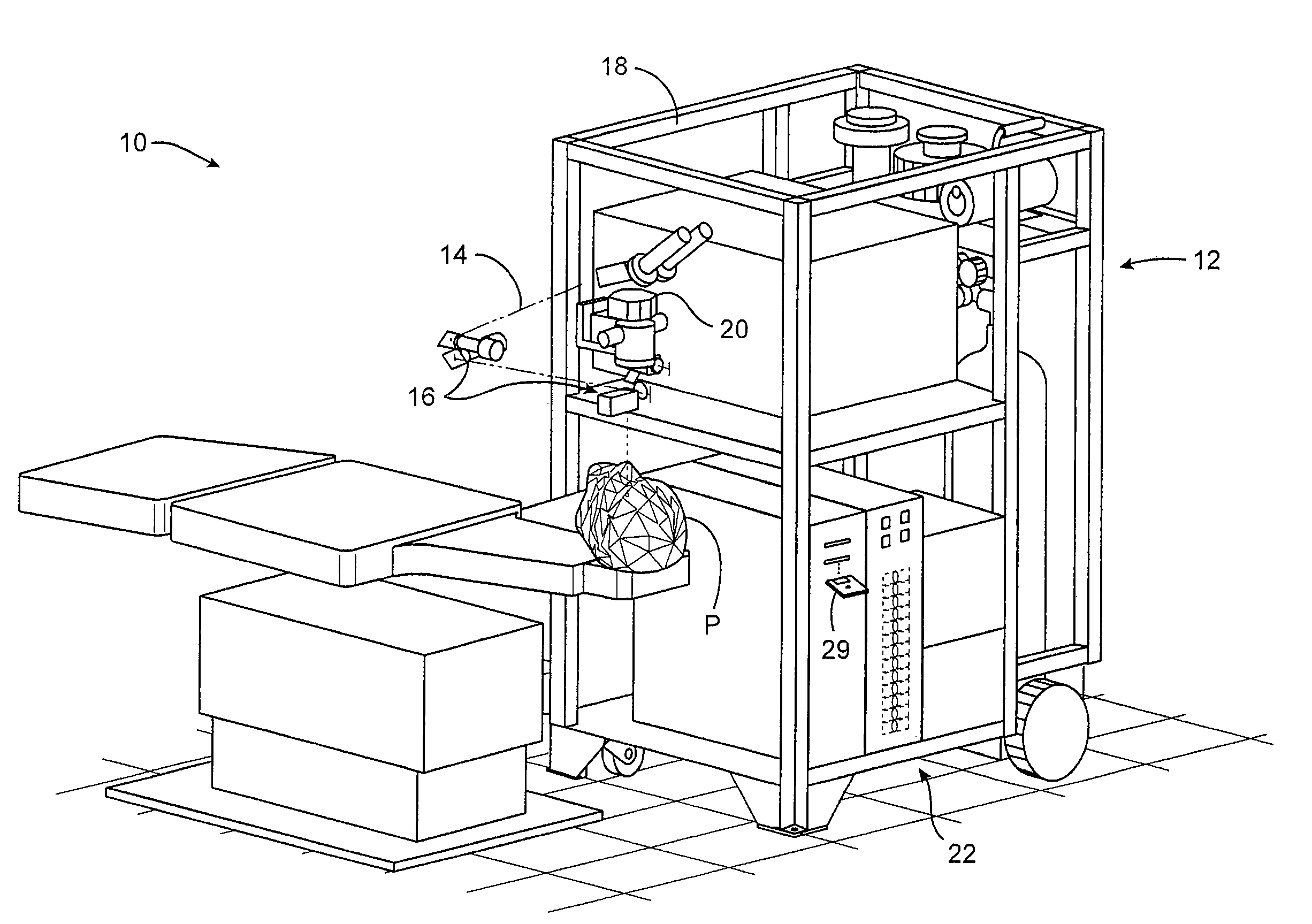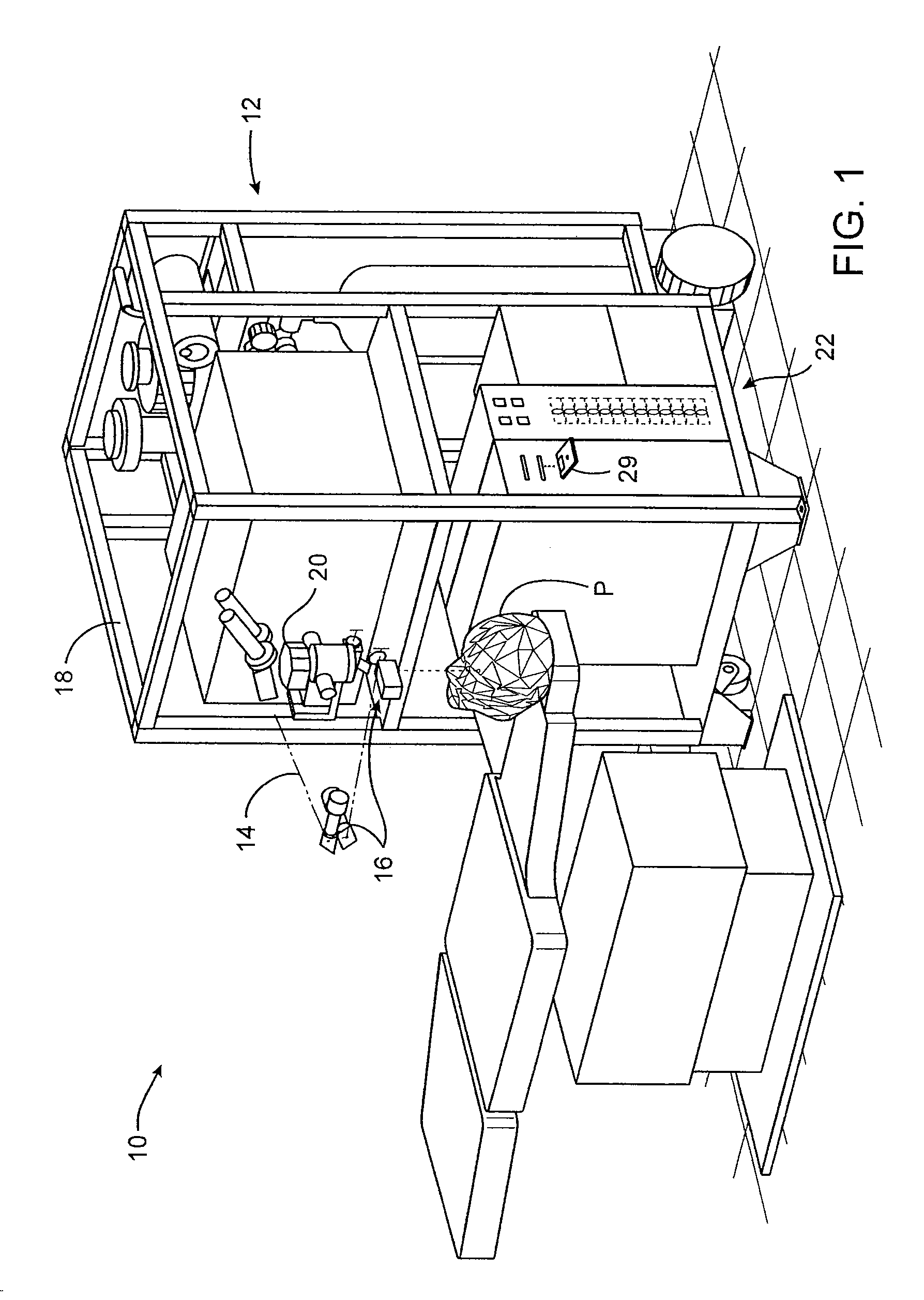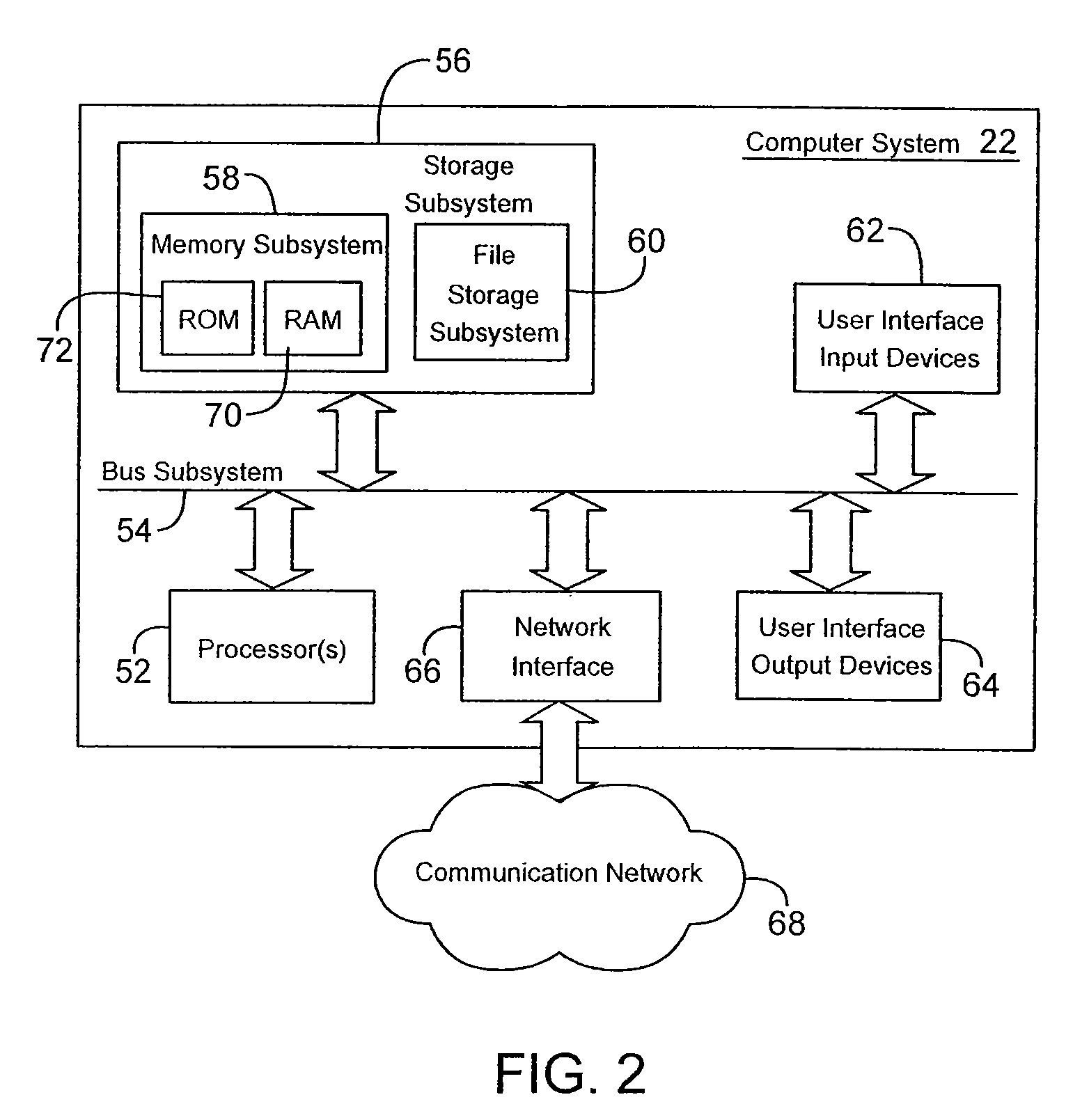Iterative Fourier reconstruction for laser surgery and other optical applications
a fourier reconstruction and laser surgery technology, applied in the field of measuring optical errors of optical systems, can solve the problems of its accuracy for normal eyes, affecting the accuracy of surface reconstruction, and not being able to accurately represent the actual wavefront in all circumstances
- Summary
- Abstract
- Description
- Claims
- Application Information
AI Technical Summary
Benefits of technology
Problems solved by technology
Method used
Image
Examples
Embodiment Construction
[0056]The present invention provides systems, software, and methods that use a high speed and accurate Fourier or iterative Fourier transformation algorithm to mathematically determine an optical surface model for an optical tissue system of an eye or to otherwise mathematically reconstruct optical tissues of an eye.
[0057]The present invention is generally useful for enhancing the accuracy and efficacy of laser eye surgical procedures, such as photorefractive keratectomy (PRK), phototherapeutic keratectomy (PTK), laser in situ keratomileusis (LASIK), and the like. The present invention can provide enhanced optical accuracy of refractive procedures by improving the methodology for measuring the optical errors of the eye and hence calculate a more accurate refractive ablation program. In one particular embodiment, the present invention is related to therapeutic wavefront-based ablations of pathological eyes.
[0058]The present invention can be readily adapted for use with existing laser...
PUM
 Login to View More
Login to View More Abstract
Description
Claims
Application Information
 Login to View More
Login to View More - R&D Engineer
- R&D Manager
- IP Professional
- Industry Leading Data Capabilities
- Powerful AI technology
- Patent DNA Extraction
Browse by: Latest US Patents, China's latest patents, Technical Efficacy Thesaurus, Application Domain, Technology Topic, Popular Technical Reports.
© 2024 PatSnap. All rights reserved.Legal|Privacy policy|Modern Slavery Act Transparency Statement|Sitemap|About US| Contact US: help@patsnap.com










